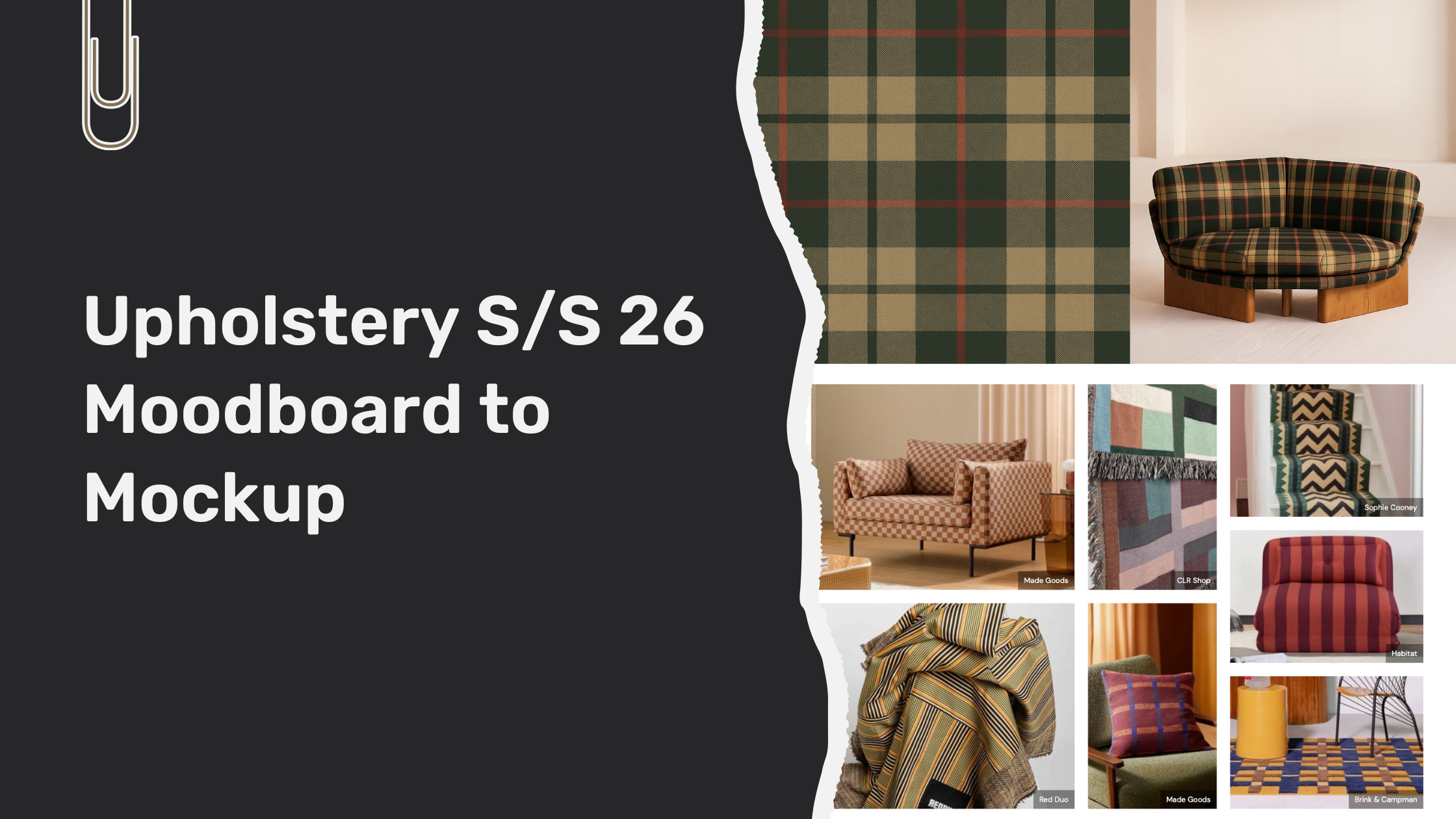
Reimagining Upholstery for S/S 26 | From Moodboard to Mockup
How I used Weaver AI's Text to Design and Visual Try-On features to transform WGSN's 'Enriched Classics' trend into studio-quality upholstery designs without physical sampling.
The Result: Classic checkered upholstery patterns in heritage colorways — from WGSN trend to studio-ready visuals.
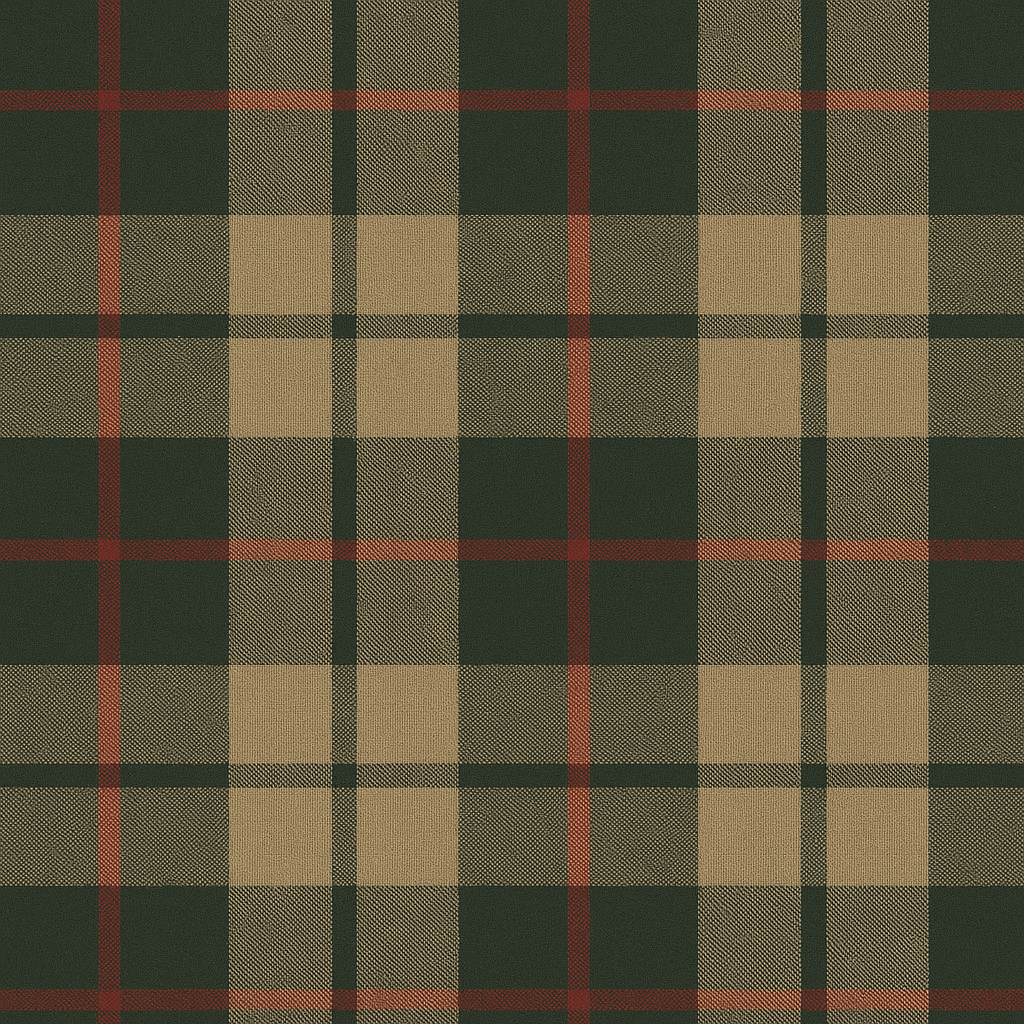 | 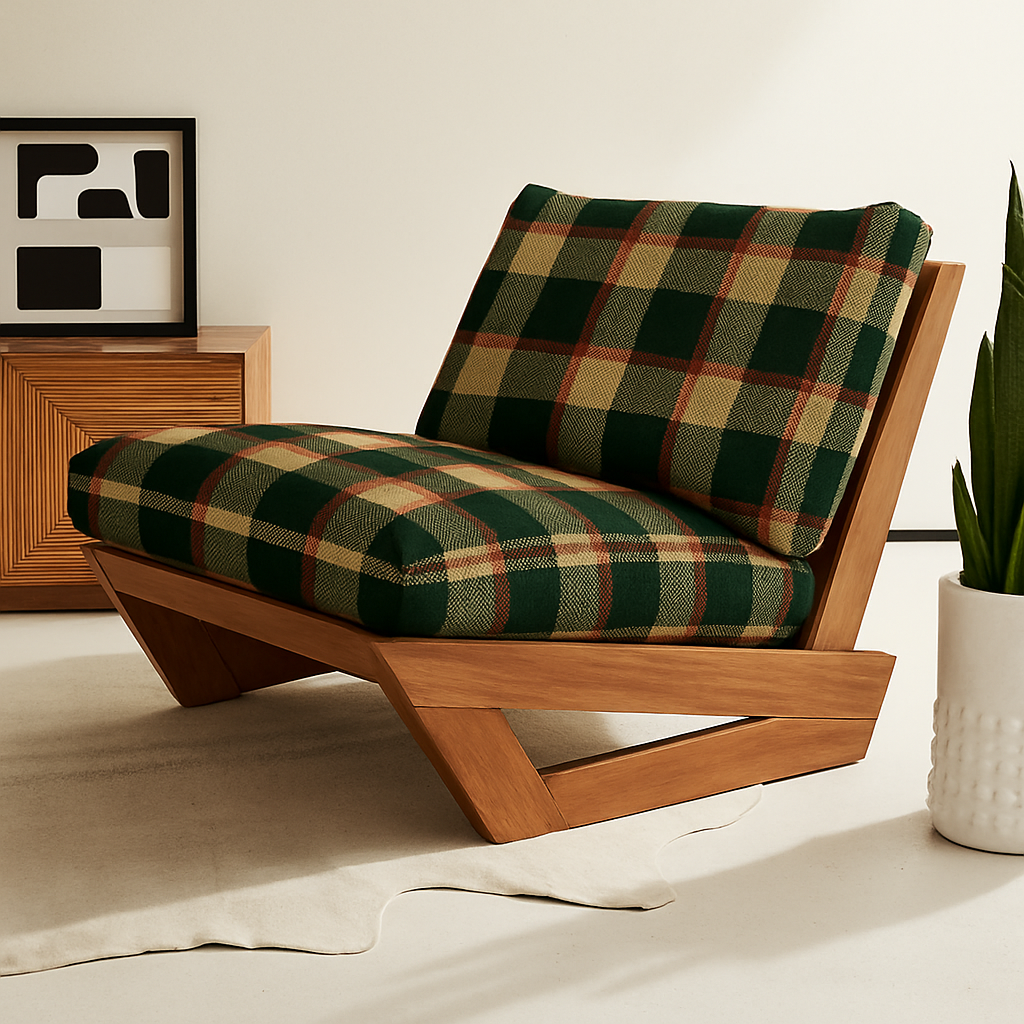 |
While exploring the WGSN textile forecast for S/S 26, I was particularly drawn to the theme "Enriched Classics" — a strategy that blends heritage elegance with a contemporary lens. Inspired by classic tailoring, this trend embraces comforting tones, brushed finishes, and timeless motifs like houndstooth, geos, and stripes — all elevated for modern interiors.
With this theme in mind, I began my design process:
Design Generation
Using the Text to Design (Pro) feature on Weaver AI, I crafted a prompt that clearly outlined what I was looking for:
"make me a classic checkered pattern, use colours like brown beige bottle green maroon."
— a refined upholstery pattern with a muted palette and geometric structure, aligned with S/S 26's enriched aesthetic. I requested two variations for exploration, specifying tones and scale.
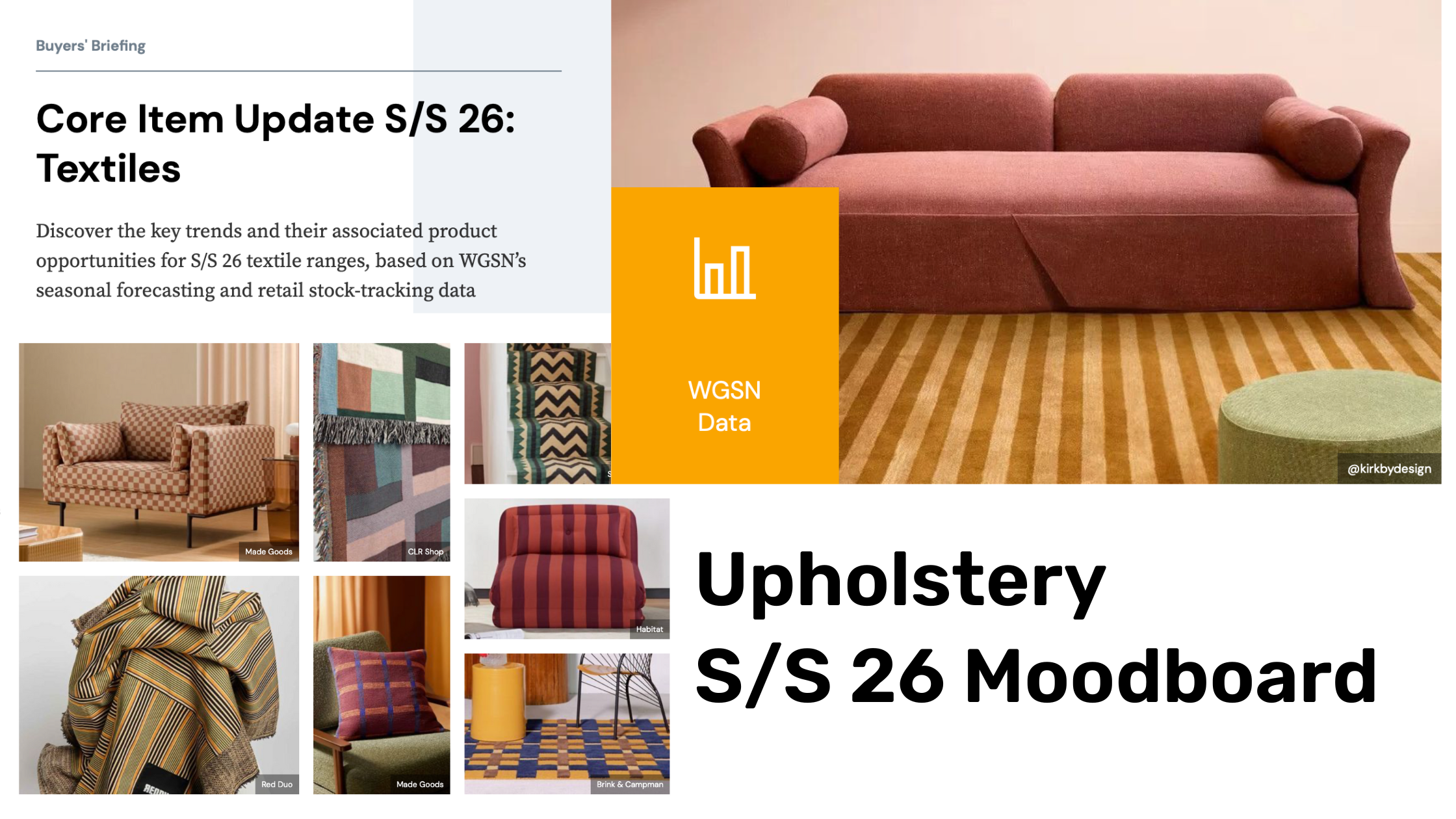
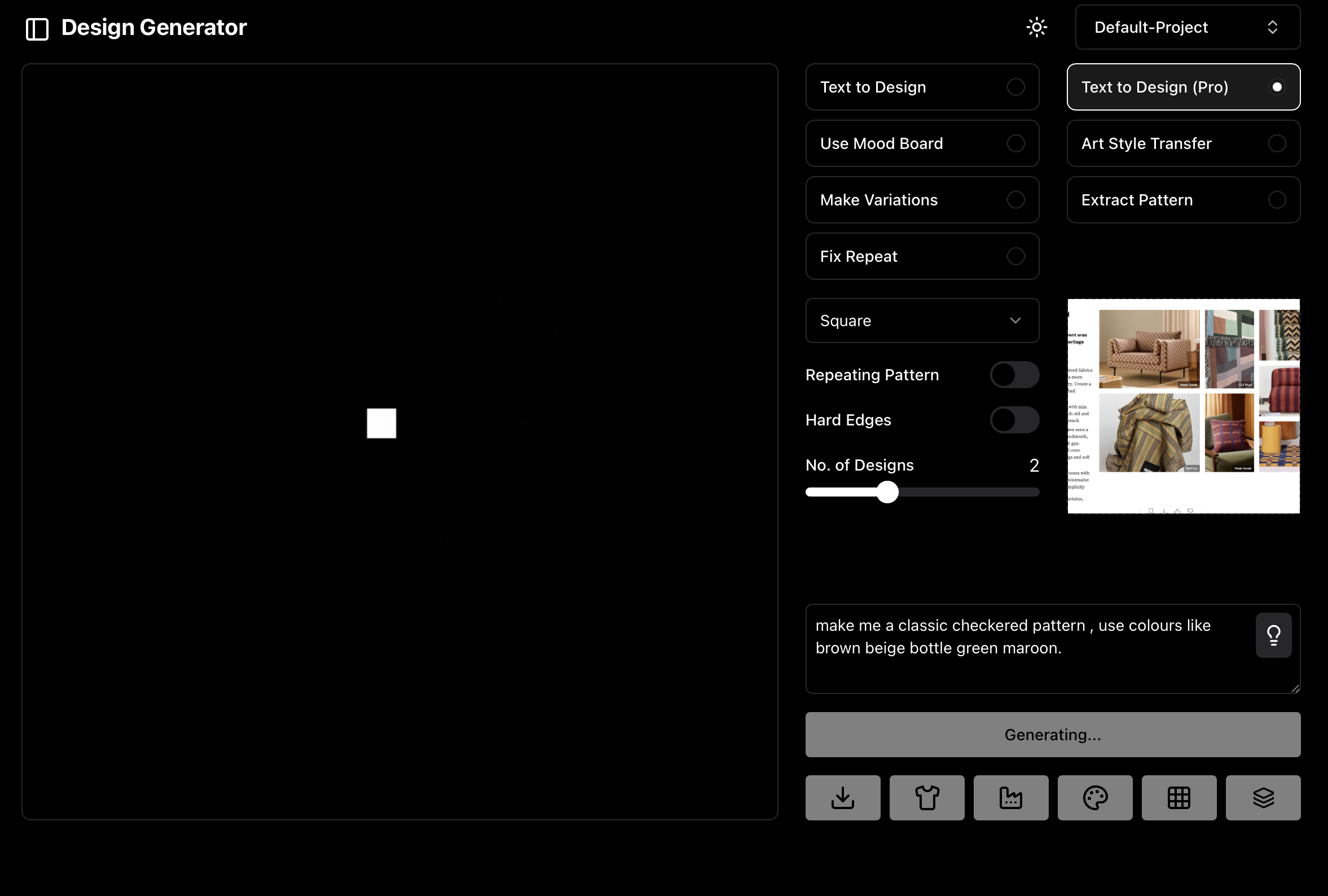
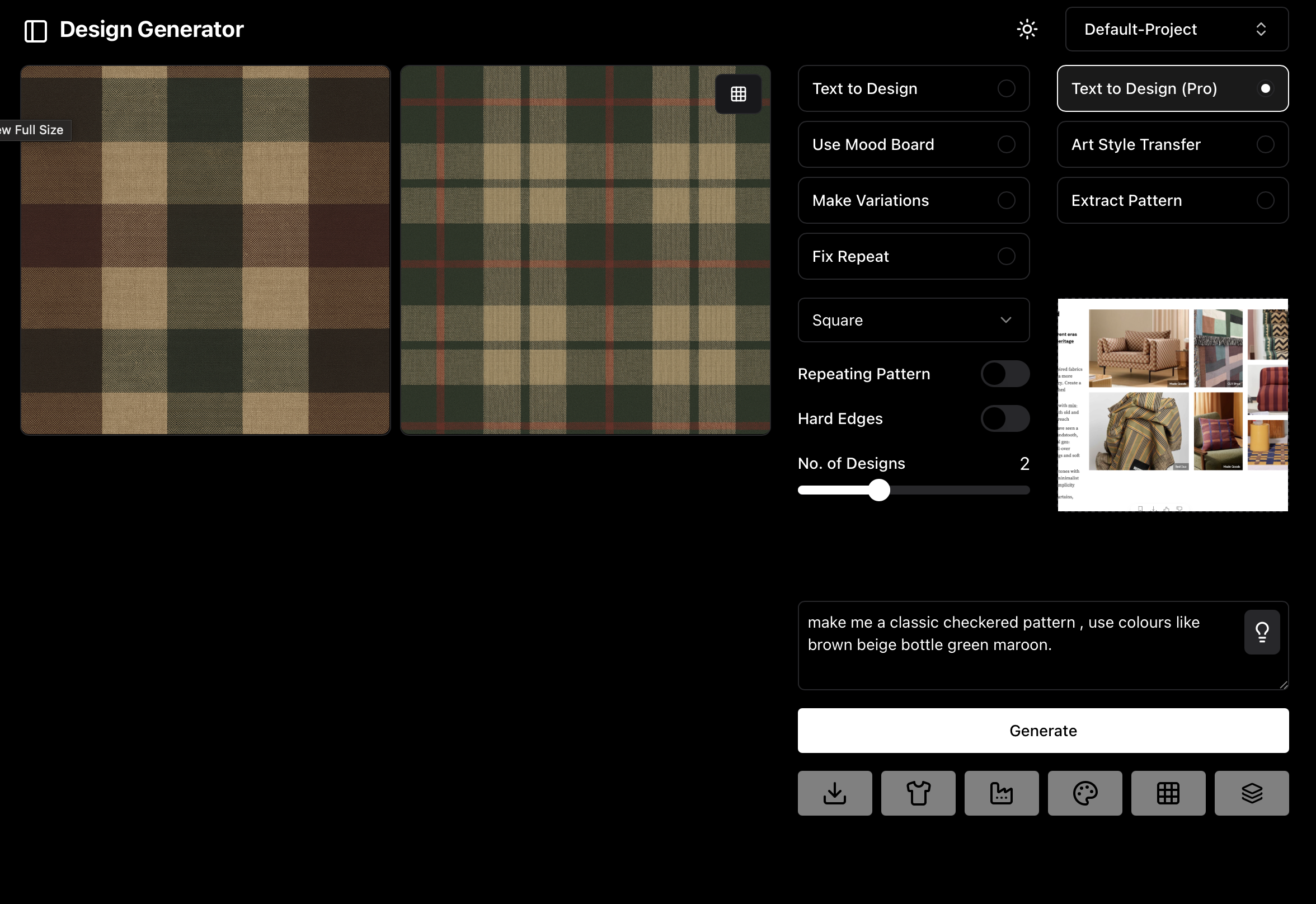
Mockup Testing
After selecting a preferred design, I previewed it on a sofa mockup to simulate its placement. While the pattern worked well, I wanted a more realistic visual experience that could communicate finish, fall, and presence.
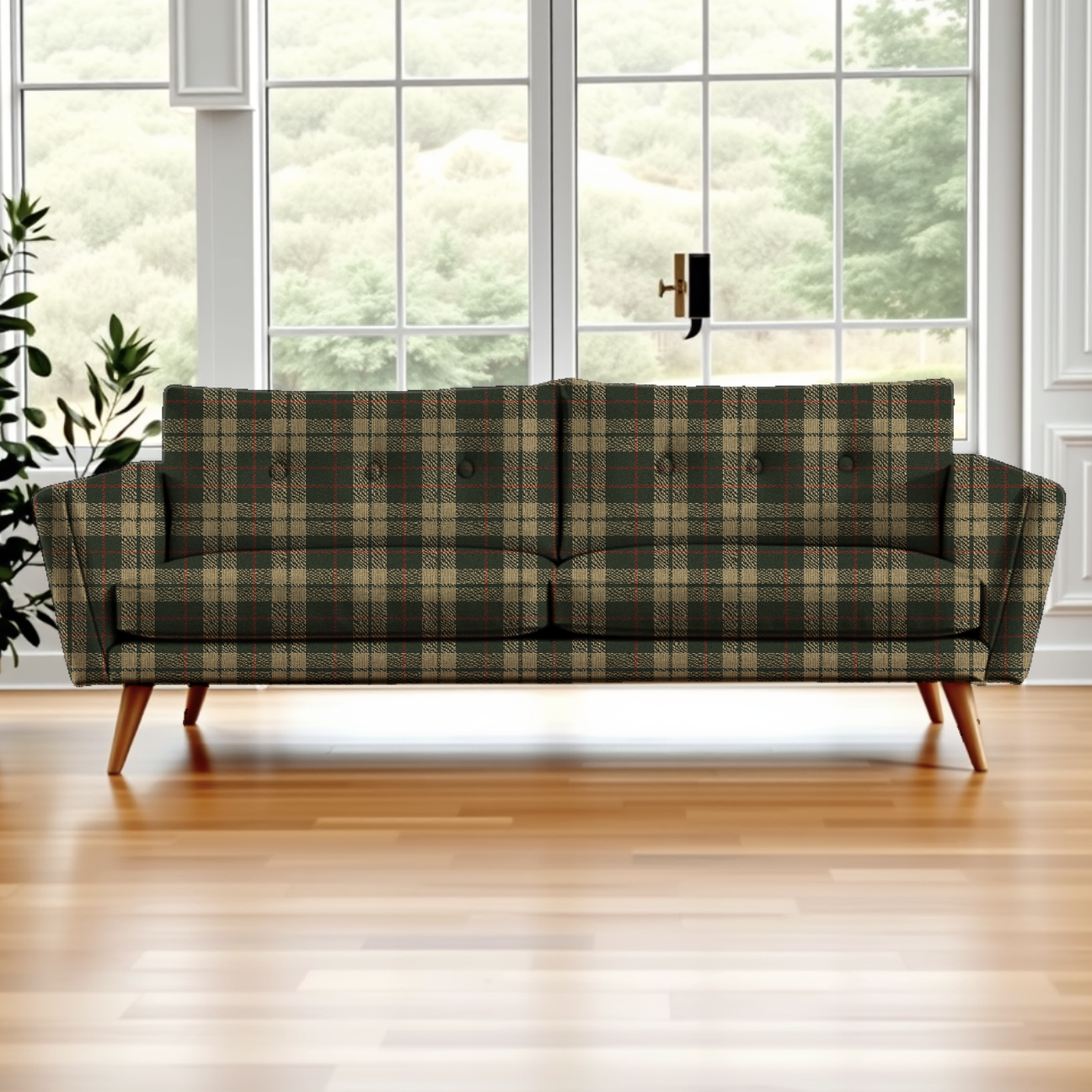
Visual Try-On: Pro Model
That's when I turned to the Visual Try-On (Pro Model) feature — and that changed everything. The final output looked just like a professionally staged product shoot — but without the costs, delays, or heavy back-and-forth that physical sampling and styling demand.
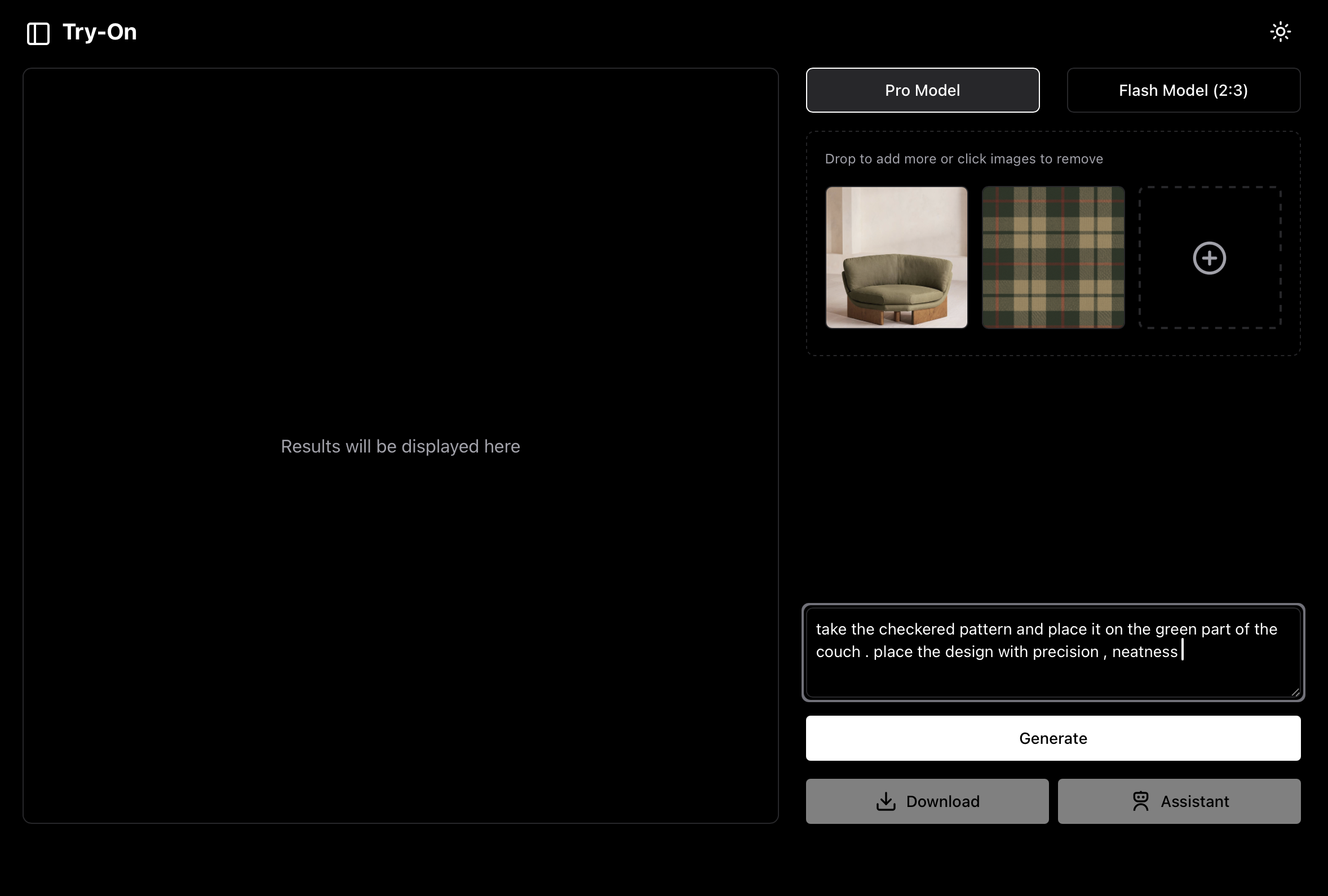
What stood out:
- Fabric placement was precise — no distortion or blur
- Texture simulation gave depth and tactility to the print
- Shadows, folds, and lighting looked studio-shot accurate
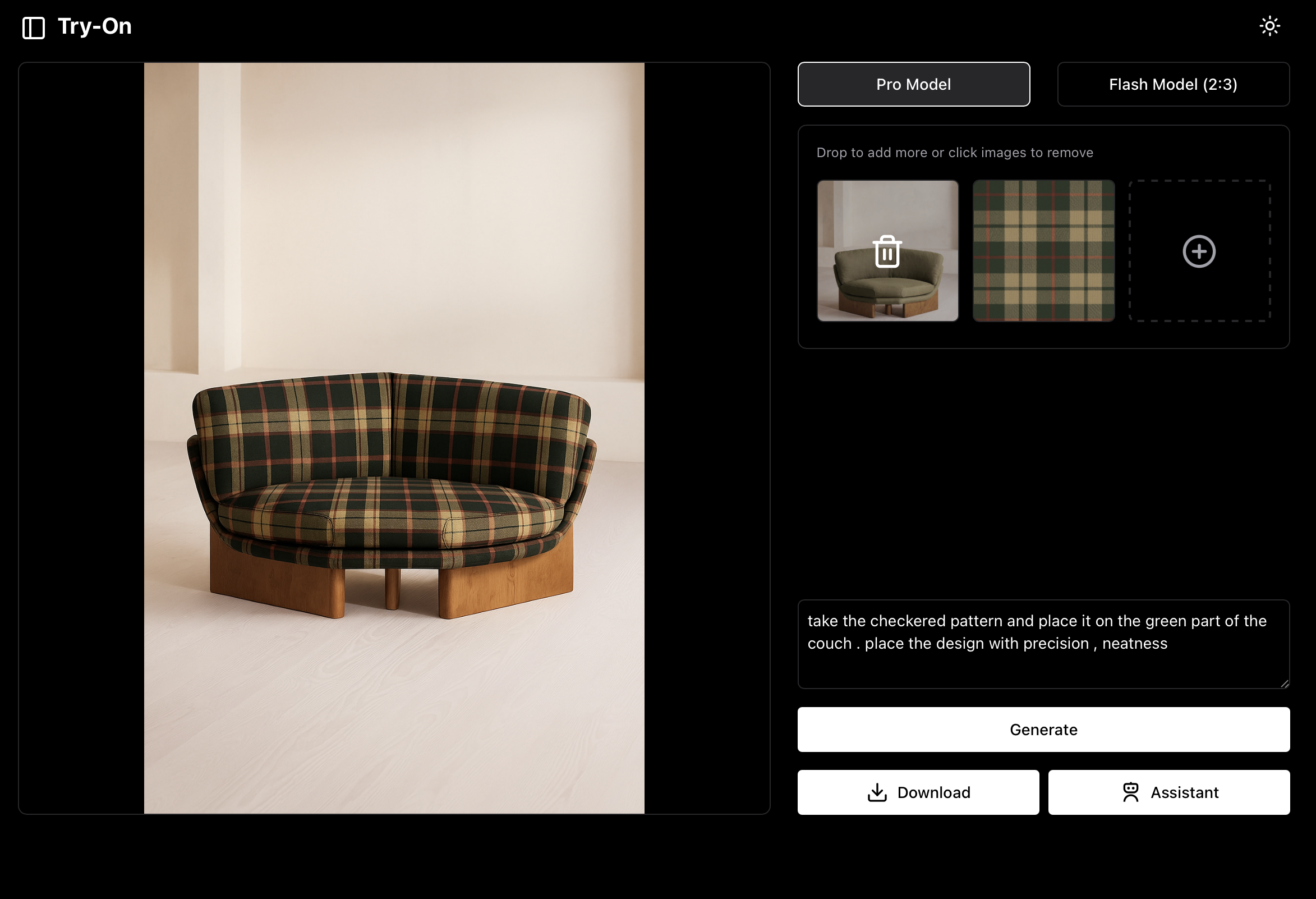
The result mirrored what I'd expect from a professional product shoot — without the logistics. What would typically involve:
- Fabric manufacturing
- Physical samples
- Product staging
- Photography shoots
- Client approvals & edits
...was completed digitally, in a single workflow.
The Impact
The efficiency of this process didn't just save time — it empowered creative decision-making, allowing for quicker iterations and client-ready presentations. Tools like Weaver AI don't replace creative direction — they elevate it.
If you could visualize your textile designs instantly—what would you create next?
Let's design smarter.